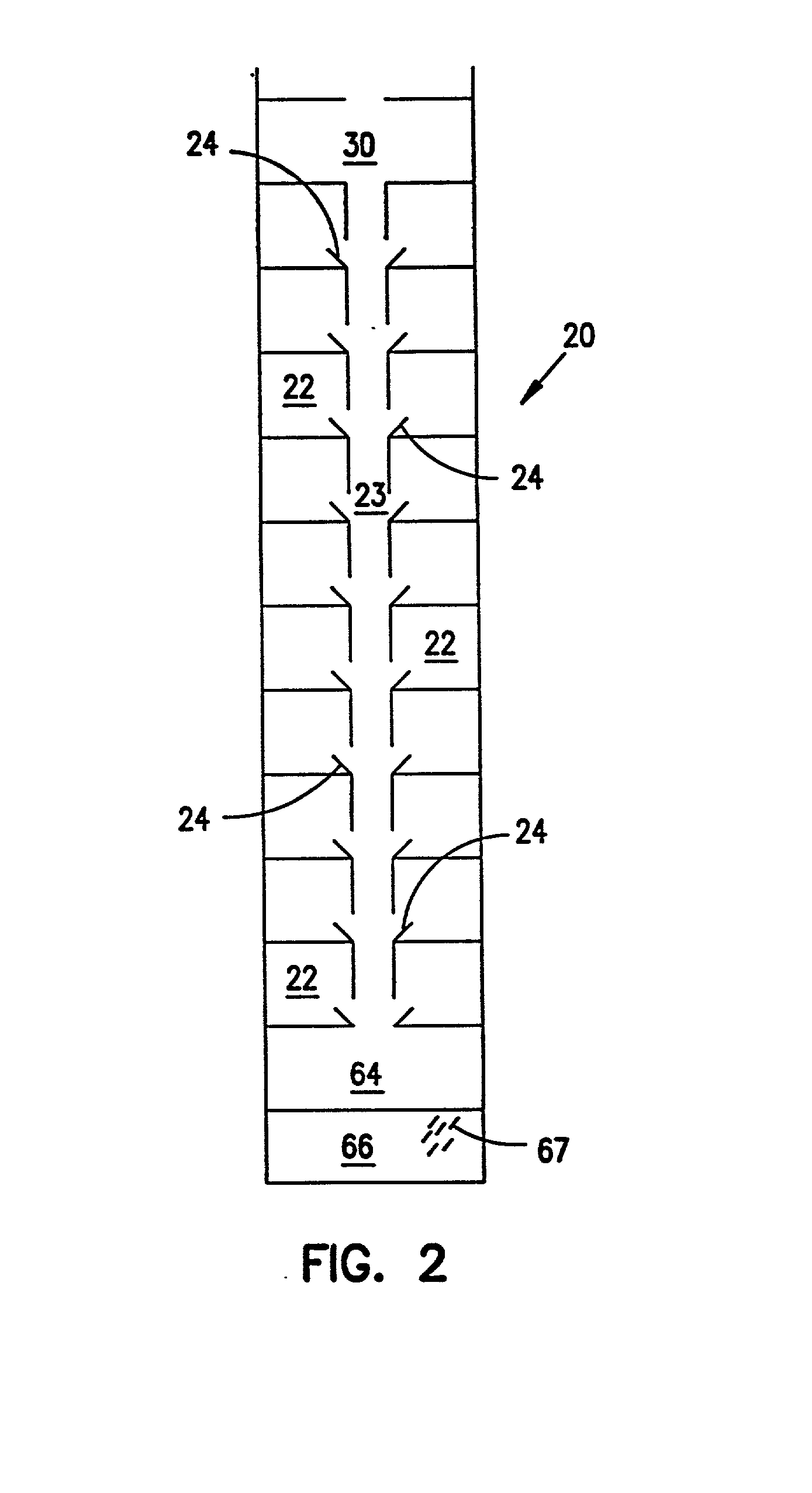Method and apparatus for animal waste composting
a technology for animal waste and composting, applied in the field of animal waste composting methods and equipment, can solve the problems of unsanitary operation, odor, and high cost, and slow down the natural bacterial action,
- Summary
- Abstract
- Description
- Claims
- Application Information
AI Technical Summary
Benefits of technology
Problems solved by technology
Method used
Image
Examples
Embodiment Construction
[0088] In order to keep conditions sanitary, while reducing odors and associated environmental problems, the waste control system of the present invention is designed to compost the pig waste continuously. FIG. 6 is a simplified flow diagram of a preferred embodiment of the present invention in which pig waste and fibrous material are composted to produce a useful end product. It should be appreciated that the pig waste is merely being used as a prophetic example, and the other types of waste, namely manure from other animals or ground animal carcases, could also be disposed of using a similar system by making modifications that should be apparent to those of ordinary skill in the art.
[0089] As shown in FIG. 6, at start-up, pig waste which has collected in a gutter system located in a building is released into a tank. After a period of time, the pig waste is pumped out of the tank and sprayed into a bin area which has been loaded with fibrous material prior to start-up. The pig wast...
PUM
 Login to View More
Login to View More Abstract
Description
Claims
Application Information
 Login to View More
Login to View More - R&D
- Intellectual Property
- Life Sciences
- Materials
- Tech Scout
- Unparalleled Data Quality
- Higher Quality Content
- 60% Fewer Hallucinations
Browse by: Latest US Patents, China's latest patents, Technical Efficacy Thesaurus, Application Domain, Technology Topic, Popular Technical Reports.
© 2025 PatSnap. All rights reserved.Legal|Privacy policy|Modern Slavery Act Transparency Statement|Sitemap|About US| Contact US: help@patsnap.com



